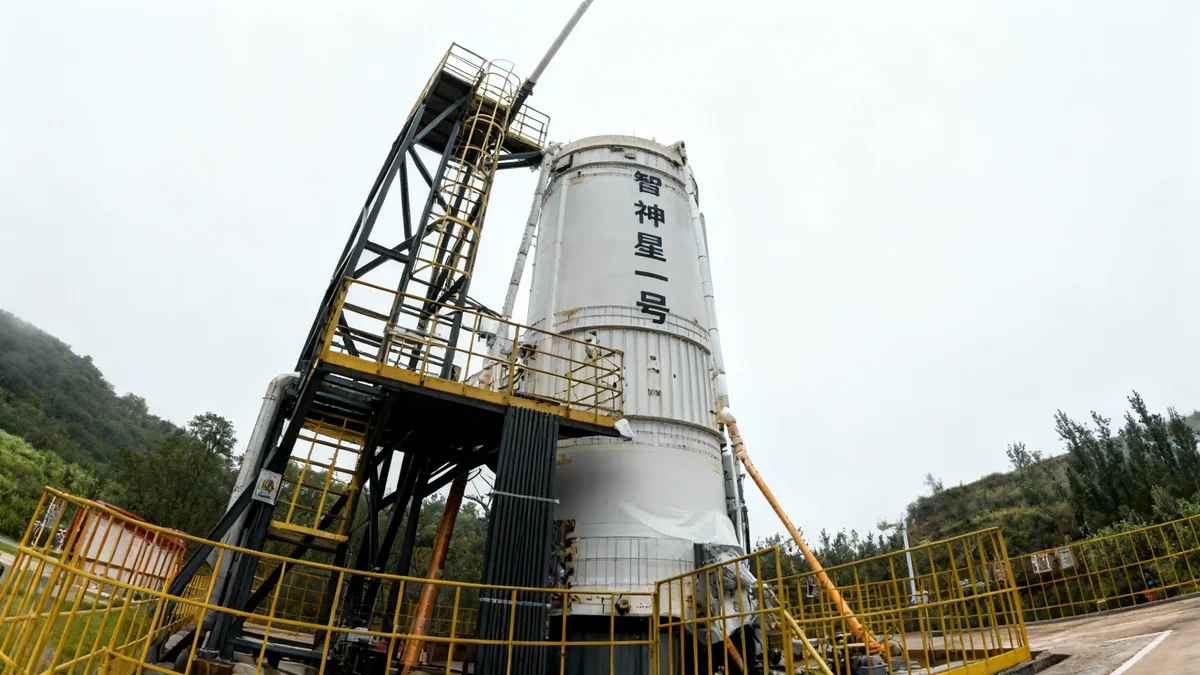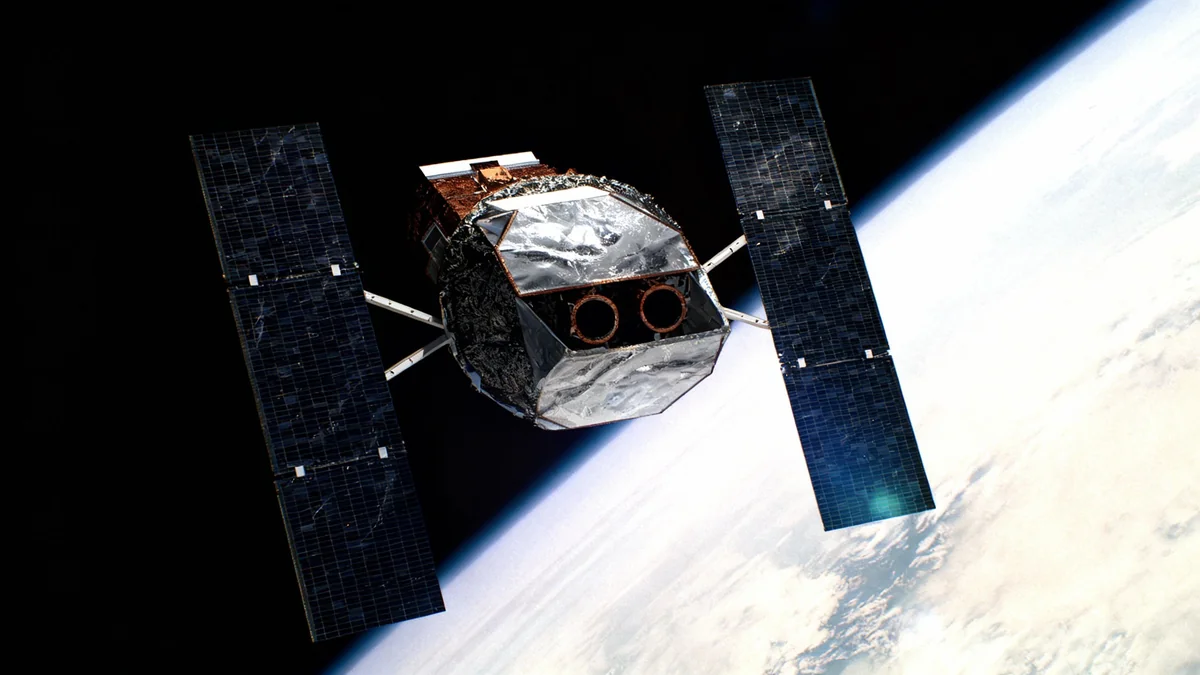Two of China's leading commercial space companies, Galactic Energy and Space Pioneer, have initiated processes to go public, signaling a significant shift in the country's rapidly growing private space sector. These moves follow massive funding rounds that have injected hundreds of millions of dollars into their operations, positioning them to compete for major satellite constellation contracts.
The push towards initial public offerings (IPOs) reflects a new phase of industrialization and financial maturity for these firms. Access to public markets will provide the capital needed for scaling up production, research, and development as they prepare to launch larger, next-generation rockets.
Key Takeaways
- Galactic Energy and Space Pioneer, two major Chinese launch startups, have officially started the process for initial public offerings (IPOs).
- Galactic Energy has raised over $700 million since 2018, including a recent $336 million Series D round.
- Space Pioneer recently secured approximately $350 million in new funding to support its Tianlong-3 rocket.
- The IPOs aim to fund the development and production of larger, potentially reusable rockets needed for China's planned megaconstellations.
- This trend is supported by strong central and local government backing for the commercial space industry.
A New Financial Frontier for Space Startups
The race to the launchpad in China is now extending to the stock market. In mid-October, Space Pioneer, officially known as Jiangsu Tianbing Aerospace Science & Technology Co., Ltd., submitted its application for listing guidance. Just days later, on October 22, competitor Galactic Energy followed suit, launching its own listing guidance procedures.
These formal steps are the first in a multi-stage process toward an IPO. For both companies, the decision comes on the heels of major financial endorsements from investors. Their ability to attract substantial private capital highlights growing confidence in their technical capabilities and business models.
Massive Capital Injections
Galactic Energy has accumulated more than 5 billion yuan (approximately $700 million) in funding since its establishment in 2018. Nearly half of this total was secured in a single Series D funding round in September, which brought in $336 million. Similarly, Space Pioneer announced it had raised around $350 million across two recent funding rounds.
An IPO offers a pathway to raise even more significant funds. This capital is critical for the immense costs associated with rocket manufacturing, building launch infrastructure, and conducting extensive research and development. Furthermore, it provides an exit strategy for early investors who backed these companies in their formative years.
Fueling Next-Generation Rocket Development
The funds raised from both private investors and future public offerings are earmarked for ambitious new launch vehicles. Both Galactic Energy and Space Pioneer are developing larger, more powerful rockets designed to carry heavier payloads and potentially offer reusability—a key factor in reducing launch costs.
Galactic Energy's Expanding Fleet
Galactic Energy has already established a track record with its Ceres-1 solid-propellant rocket. Now, the company is preparing for the inaugural launches of two new vehicles:
- Ceres-2: A larger solid rocket designed for increased payload capacity. The company recently released the mission patch for its first flight.
- Pallas-1: This will be Galactic Energy's first liquid-propellant rocket, a crucial step towards developing reusable launch technology similar to that of international competitors.
Space Pioneer's Tianlong-3
Space Pioneer is focused on its medium-lift Tianlong-3 rocket. This vehicle is designed to be a workhorse for deploying satellite constellations and is also being developed with potential reusability in mind. The company has moved forward with its development despite a challenging static fire test nearly 18 months ago where a first stage prototype unexpectedly lifted off from its test stand.
The development of these larger rockets is not just about technological advancement. It is a strategic necessity to compete for lucrative government and commercial contracts.
The Megaconstellation Opportunity
A primary driver for this surge in launch vehicle development is China's plan to build its own satellite megaconstellations. Projects like Guowang and Qianfan (Thousand Sails) each aim to place more than 10,000 satellites into low Earth orbit. Fulfilling these plans requires a dramatic increase in China's domestic launch capacity and frequency, creating a massive market for commercial launch providers.
A Broadening Trend in China's Space Economy
Galactic Energy and Space Pioneer are not alone in their pursuit of public funding. They are part of a wider movement within China's commercial space sector. Other prominent launch companies, including Landspace and CAS Space, began their own listing processes on the Shanghai Stock Exchange’s STAR Market earlier this year.
The trend extends beyond launch providers to other parts of the space industry supply chain. Companies specializing in satellite manufacturing and components are also turning to public markets.
For example, small satellite manufacturer MinoSpace filed for a listing in September. In August, Yixin Aerospace, a company that designs microsatellite communication systems, completed its IPO counseling. This broadening financial activity indicates that the entire ecosystem is maturing.
Government Support and Strategic Importance
This commercial momentum is underpinned by strong government support. China's central government has identified the commercial space sector as a strategic industry and a key driver of high-tech development. This national priority has translated into tangible support from provincial and local governments.
State-affiliated investment funds have been major participants in the recent large funding rounds for these space companies. This public-private partnership model helps de-risk investments and aligns commercial goals with national strategic objectives.
As these companies transition from startups to publicly traded corporations, they will face new pressures to deliver on their technological promises and financial forecasts. Their success will be a key indicator of the long-term viability of China's ambition to become a dominant force in the global commercial space market.





